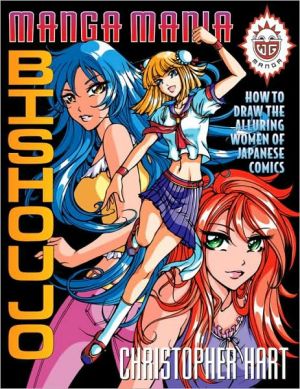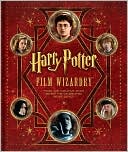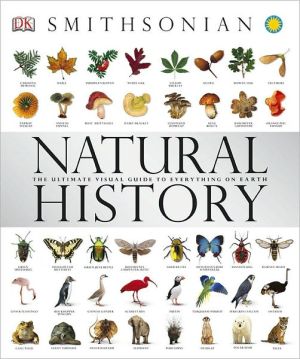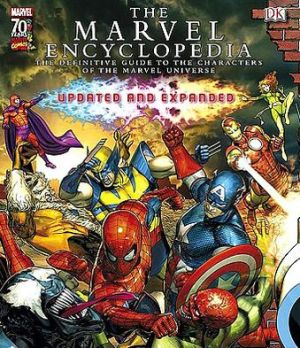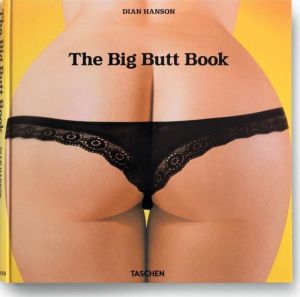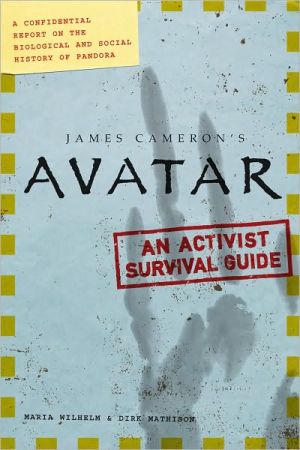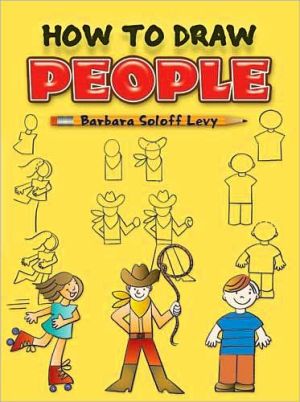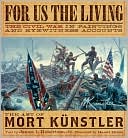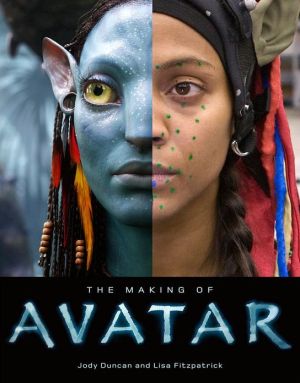Manga Mania Bishoujo: How to Draw the Alluring Women of Japanese Style Comics
This books shows aspiring artists exactly how to handle anatomy and muscles, hands and nails, seductive outfits, extreme hairstyles, body language and facial expressions — everything you need to draw these powerful women of fantasy.
Search in google:
This books shows aspiring artists exactly how to handle anatomy and muscles, hands and nails, seductive outfits, extreme hairstyles, body language and facial expressions — everything you need to draw these powerful women of fantasy.Beth Gallaway - VOYAManga Mania Bishoujo serves as a fine primer for anyone who does not quite "get" manga. Showing how to draw the pretty manga girls known as bishoujo, the book includes a fine explanation of how line is used to indicate emotion through body language and facial features. A kind of visual literacy is required to understand manga and looking at the format from a creationist perspective allows deconstruction as well, giving the casual reader a deeper understanding of the format and its genres. Although Bishoujo focuses exclusively on the female form, the illustrations are more flirtatiously captivating than provocatively sexy. In Drawing Cutting Edge: Fusion, Hart examines the new breed of American independent and traditional superhero comics that borrow from the manga style to create hybrid characters with the bigger eyes, fluid hair, angular faces, and active poses popularized in Japanese comics. Juxtaposed images demonstrate the subtle changes that improve composition of a scene or define a character or action to further the plot. Both books employ a "just three steps" drawing technique: First a basic and simple blueprint using geometric shapes and proportion; second, lines to connect and smooth; and third, details to finish the drawing. Hart gives general tips that the budding artist can apply to any type of figure drawing, then specifics for the genre. Bishoujo offers color suggestions, whereas Fusion has more full-color pages. Special attention is given to the eyes, mouth, and hair in Bishoujo, while hands and silhouettes are featured in Fusion, which also stresses anatomy and muscle movement, whereas angles and perspective are featured inBishoujo. Comic book archetypes such as the ingTnue (schoolgirl), villain, and seductress are highlighted. Fusion pays attention to aging characters, but neither book covers ethnicity or body types other than physically fit. Each volume concludes with a showcase on fantastic characters and special effects, and a one-page index. These are complementary volumes, sure to be popular with young artists. If a library's budget only allows for the purchase of one, keep in mind that manga accounts for more book sales than traditional comics, and Bishoujo will be the more popular choice in most libraries. VOYA CODES: 3Q 4P M J S (Readable without serious defects; Broad general YA appeal; Middle School, defined as grades 6 to 8; Junior High, defined as grades 7 to 9; Senior High, defined as grades 10 to 12). 2005, Watson-Guptil, 144p.; Index. Illus., Trade pb. Ages 11 to 18.
\ VOYAManga Mania Bishoujo serves as a fine primer for anyone who does not quite "get" manga. Showing how to draw the pretty manga girls known as bishoujo, the book includes a fine explanation of how line is used to indicate emotion through body language and facial features. A kind of visual literacy is required to understand manga and looking at the format from a creationist perspective allows deconstruction as well, giving the casual reader a deeper understanding of the format and its genres. Although Bishoujo focuses exclusively on the female form, the illustrations are more flirtatiously captivating than provocatively sexy. In Drawing Cutting Edge: Fusion, Hart examines the new breed of American independent and traditional superhero comics that borrow from the manga style to create hybrid characters with the bigger eyes, fluid hair, angular faces, and active poses popularized in Japanese comics. Juxtaposed images demonstrate the subtle changes that improve composition of a scene or define a character or action to further the plot. Both books employ a "just three steps" drawing technique: First a basic and simple blueprint using geometric shapes and proportion; second, lines to connect and smooth; and third, details to finish the drawing. Hart gives general tips that the budding artist can apply to any type of figure drawing, then specifics for the genre. Bishoujo offers color suggestions, whereas Fusion has more full-color pages. Special attention is given to the eyes, mouth, and hair in Bishoujo, while hands and silhouettes are featured in Fusion, which also stresses anatomy and muscle movement, whereas angles and perspective are featured inBishoujo. Comic book archetypes such as the ingTnue (schoolgirl), villain, and seductress are highlighted. Fusion pays attention to aging characters, but neither book covers ethnicity or body types other than physically fit. Each volume concludes with a showcase on fantastic characters and special effects, and a one-page index. These are complementary volumes, sure to be popular with young artists. If a library's budget only allows for the purchase of one, keep in mind that manga accounts for more book sales than traditional comics, and Bishoujo will be the more popular choice in most libraries. VOYA CODES: 3Q 4P M J S (Readable without serious defects; Broad general YA appeal; Middle School, defined as grades 6 to 8; Junior High, defined as grades 7 to 9; Senior High, defined as grades 10 to 12). 2005, Watson-Guptil, 144p.; Index. Illus., Trade pb. Ages 11 to 18. \ —Beth Gallaway\ \ \ \ \ Children's LiteratureIn Japan manga means comics. Outside of Japan, manga is a Japanese style of art that is most often seen in anime or Japanese animation. This book is a guide to this very stylized kind of drawing of women or bishoujo or more specifically, beautiful women. Very large eyes are a primary characteristic of manga. The manga head is a basic facial contour, large eyes and dramatic hair. Detailed drawings explore expressing various emotions and how to mimic speech. The hair is elaborate and long. Various views show left, 3/4, right and profiles of each head. There are numerous types of bishoujo: the schoolgirl, who is young and impish; the basic teen; and the space ranger. Trendy girl, dangerous woman, fantasy princess, the cheat and pretty girl round out the cast of characters. Samples show wind-swept hair, braids, pony tails and short and trendy hairstyles. The body type is long and lean. Basic geometric shapes are used to block out the figure. Samples hand poses and various angles on feet and shoes provide working resources for developing artists. The relationship between posture and emotion is demonstrated with sample drawings for copying. A spread on bishoujo doing martial arts includes five drawings from the first simple, geometric blocked-out figure to the fully-clothed and colored final image. For those interested in this kind of artwork, this is a helpful guide. 2005, Watson-Guptill Publications, Ages 6 up. \ —Kristin Harris\ \
